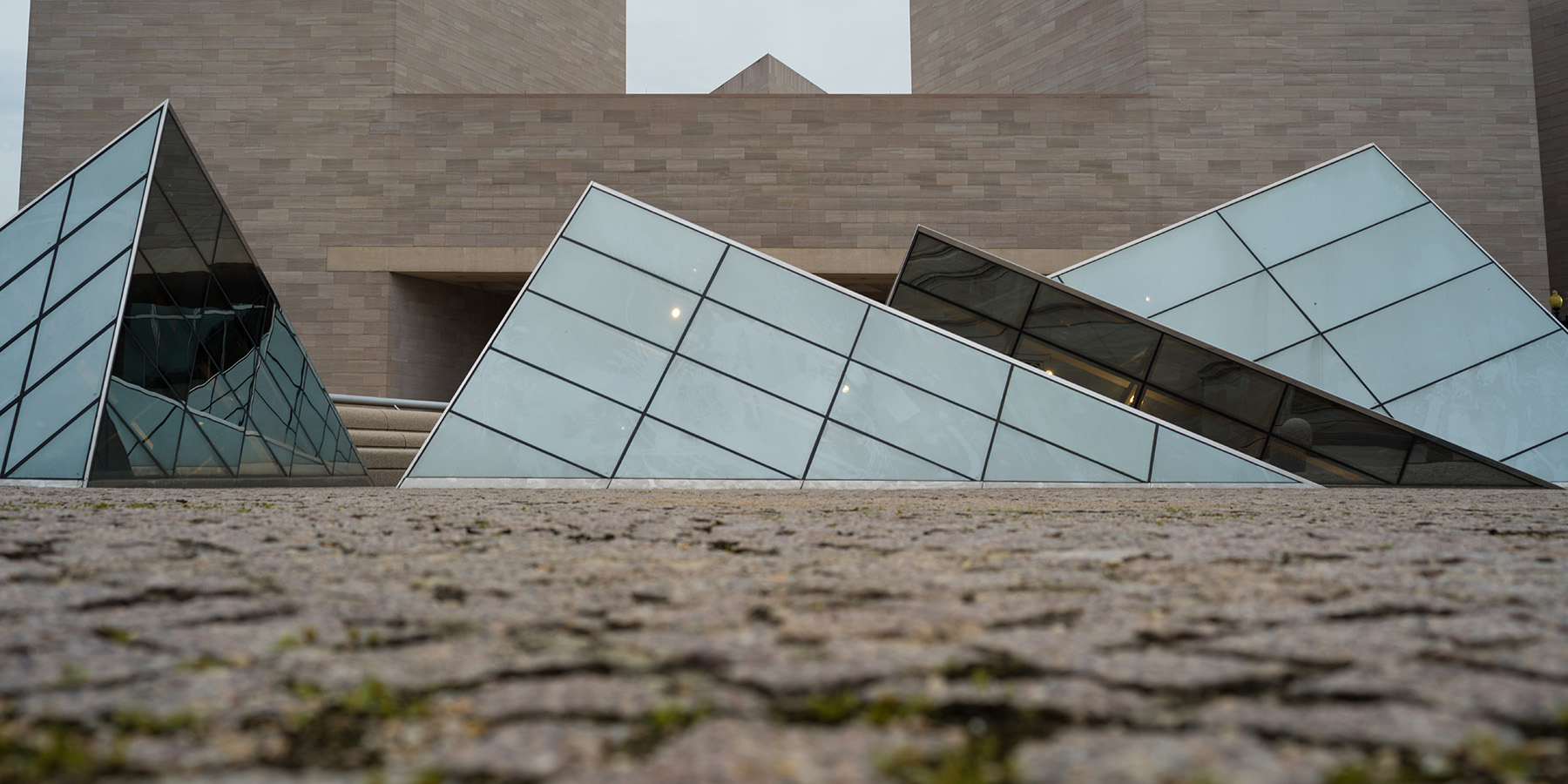Barbora Bartunkova
Sites of Resistance: Anti-Fascism and the Czechoslovak Avant-Garde
“Surreality has become the official reality,” declared Czech art and literary theorist Jan Mukařovský, articulating the unprecedented nature of World War II:
The ruler on the desk could turn into a revolver if the Gestapo needed it for conviction. The merry ringing of the telephone could actually be the sound of a death knell when out of the receiver came the voice of the Gestapo. . . . The door to a friendly apartment could fly open like the jaws of a torture chamber if, after the bell rang, a uniform appeared in the doorway instead of a friend. . . . Airstrikes came and in the streets of cities, it was a common sight to witness assemblages more spectral than Lautréamont’s encounter between a sewing machine and an umbrella on a dissecting table.
Mukařovský discerned eerie similarities between the reality of war that permeated everyday life and surrealist experimentation with juxtapositions and metamorphoses. What were the implications of Nazi occupation for surrealist artistic practice? My dissertation explores how, rather than simply reflecting this crisis, surrealists cultivated a distinctive approach to confronting fascism and leveraged the latent potentialities of a political context that had itself become “surreal.”

Jindřich Heisler and Toyen, Z kasemat spánku: Realisované básně (From the strongholds of sleep: Realized poems) (Prague: Edice Surrealismu, 1940), bound volume with gelatin silver prints, 16.2 × 14.2 cm, Art Institute of Chicago, Ryerson and Burnham Libraries, Mary Reynolds Collection. Photo: Barbora Bartunkova
These questions are central to my final dissertation chapter, “Underground Surrealism: Artistic Resistance in Nazi-Occupied Prague,” which I completed during my Center fellowship. Previous chapters focus on the anti-fascist efforts of the Czechoslovak avant-garde between 1932 and 1939, examining how artists mobilized broader publics through collective publications, exhibitions, theater, and film. This chapter, by contrast, examines artistic opposition to fascism between 1939 and 1945, when avant-garde artists were prohibited from displaying and disseminating their work. “Underground Surrealism” reveals the possibilities and limits of art forms that emerged behind closed doors and shuttered windows.
Specifically, I focus on the collaborations between the artist Toyen (1902–1980) and the poet and artist Jindřich Heisler (1914–1953). Toyen was a leading member of the Czechoslovak Surrealist Group since its founding in 1934; Heisler joined the group in 1938 and made his first contribution to surrealism at a critical moment when the movement was condemned as “degenerate” and banned by the Nazi-imposed regime. Despite great risks, Heisler and Toyen continued to work together illegally on projects interweaving the visual arts and poetry. When Heisler faced the threat of deportation to concentration camps due to his Jewish heritage, he went into hiding in 1941 and was forced to live in confinement until the end of World War II. The danger of being captured, imprisoned, and killed was shared by the people who sheltered him, including Toyen.
The limited-edition photobook Z kasemat spánku (From the strongholds of sleep; 1940) is perhaps the most striking example of Toyen and Heisler’s clandestine artistic collaboration. The work’s title associates sleep with the notion of strongholds, framing the dreaming mind both as a fortified refuge and as a potential base for attack. Amid all-consuming war, Heisler and Toyen delved into the most intimate kind of space—the inner landscapes of the sleeping mind—and transposed them into the material realm. Z kasemat spánku is structured as a series of photographic “realized poems” that represent dreamscapes. Each image features a poetic text by Heisler, printed on a large sheet of paper and surrounded by small figures, toys, and other everyday materials. By condensing printed text and three-dimensional objects into the plane of a gelatin silver print, each “realized poem” juxtaposes visual and textual elements on equal terms, intensifying the tensions between them. The publication’s intermedial form stages conflict at the material, thematic, and conceptual levels, establishing a connection between the private, intimate scale of the photobook and the large-scale war unfolding in the public realm.

Jindřich Heisler and Toyen, Detail of a page in Z kasemat spánku: Realisované básně (From the strongholds of sleep: Realized poems) (Prague: Edice Surrealismu, 1940), bound volume with gelatin silver prints, 16.2 × 14.2 cm, Art Institute of Chicago, Ryerson and Burnham Libraries, Mary Reynolds Collection. Photo: Barbora Bartunkova
In addition to completing this chapter, I conducted further research with the Center’s support, extensively examining resources at key archives, libraries, and art institutions in Prague. My aim was to evaluate the political impact of exhibitions featuring anti-fascist caricature and photomontage, and to investigate how collective avant-garde publications brought together contributions across the arts to offer a vital anti-fascist platform for an entire generation.
This research has been formative for my dissertation, “Sites of Resistance: Anti-Fascism and the Czechoslovak Avant-Garde,” which argues that to counter the forces of fascism, artists turned to strategies of collaborative practice, interdisciplinarity, and intermediality to mobilize audiences across a range of cultural and social spaces. Situating these modes of resistance in transnational perspectives, my research highlights the Czechoslovak avant-garde’s unique contributions to broader histories of artistic opposition to political oppression and war.
Yale University
Twelve-Month Chester Dale Fellow, 2022–2023
Barbora Bartunkova will return to Yale University for the fall 2023 semester to complete her dissertation.
